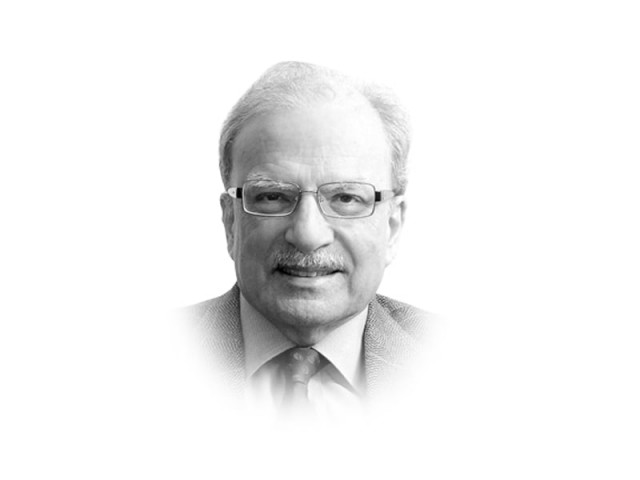Steps towards greater South Asian cooperation
Four steps need to be taken towards turning South Asia into a well-integrated economic entity.

India, in turn, adopted what some analysts call the ‘look east’ policy. The first step, therefore, would be to bring Pakistan back to South Asia and breathe new life into the South Asian Free Trade Area. The process has begun but there should be full commitment from both sides to maintain the momentum. There are groups on both sides of the India-Pakistan divide that have an interest in derailing the process. They must not be allowed to succeed.
The second step should be to open Pakistani space for use by India to trade with Afghanistan and beyond. Once again, there is movement here; a transit agreement is in the works for Afghanistan to trade with India using Pakistani territory. It is the flow of goods in the other direction that Pakistan is hesitant to permit. It is this inhibition that needs to be overcome.
The third step would be to link the various Asian countries through a network of oil and gas pipelines and with an electricity grid so that energy begins to flow from the energy surplus to the energy deficit countries. Some work has been done in this context. A gas pipeline is being constructed on the Iranian side of the border to eventually be linked with Pakistan. The Chinese have long been interested in connecting their western provinces with the gas-rich countries in the Middle East with a pipeline that will cross the length of the Pakistani territory. The private sector in India is planning to lay an oil pipeline from a new refinery located in Bhatinda in the Indian state of Punjab to the Pakistani province of Punjab. This will provide gasoline and other refined products to Pakistan.
It would take a great deal of investment to develop these routes of international commerce. Finding resources for building this type of connectivity is, therefore, the fourth step. Pakistan does not have the means to do this but it can be done with the help of private finance and private technology.
A programme focused on creating a regional network to facilitate trade could be launched. And it should have much greater involvement of the private enterprise. This is where an Asian centre of finance such as Singapore may enter the picture. It has the banking sector and other instruments of finance to establish a financial consortia to implement such a project. It also has a large and experienced construction industry to join such an effort. A city-state such as Singapore may well become the headquarter of a large consortium to handle these infrastructure projects.
Insofar as the financing of such an investment programme is concerned, there are several possibilities. The traditional sources would be the two multilateral development banks, the World Bank and the Asian Development Bank. To this, two more could be added. The BRICS countries are now working on the possibility of setting up a development bank of their own, which would be capitalised by them from their large external reserves. Large inter-country infrastructure construction projects would be a good starting point for the proposed BRICS bank.
In sum, it is possible to create a vibrant economic entity in South Asia. What is needed is political will and imagination on the part of various countries that would be involved.
Published in The Express Tribune, August 6th, 2012.














COMMENTS
Comments are moderated and generally will be posted if they are on-topic and not abusive.
For more information, please see our Comments FAQ